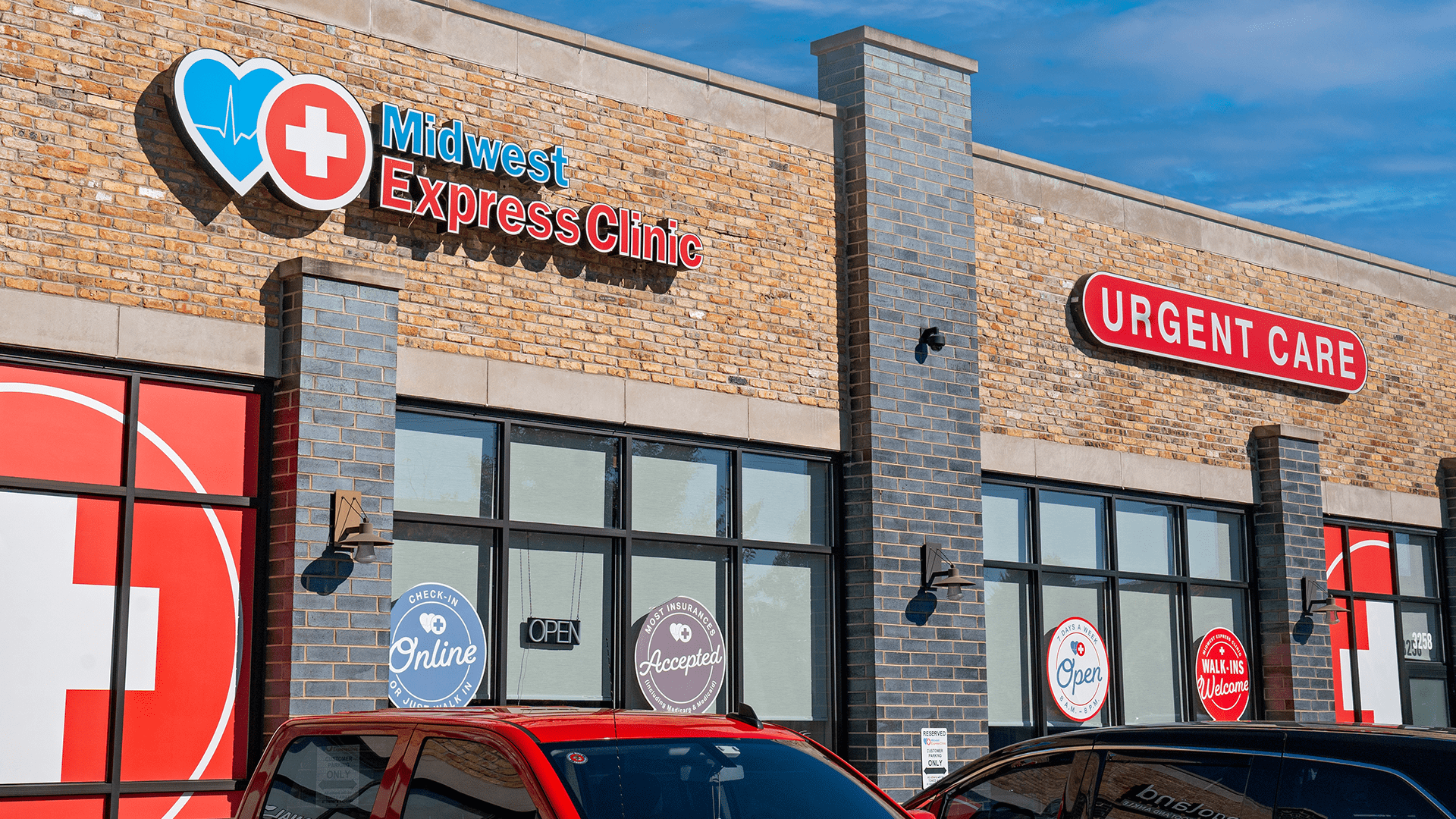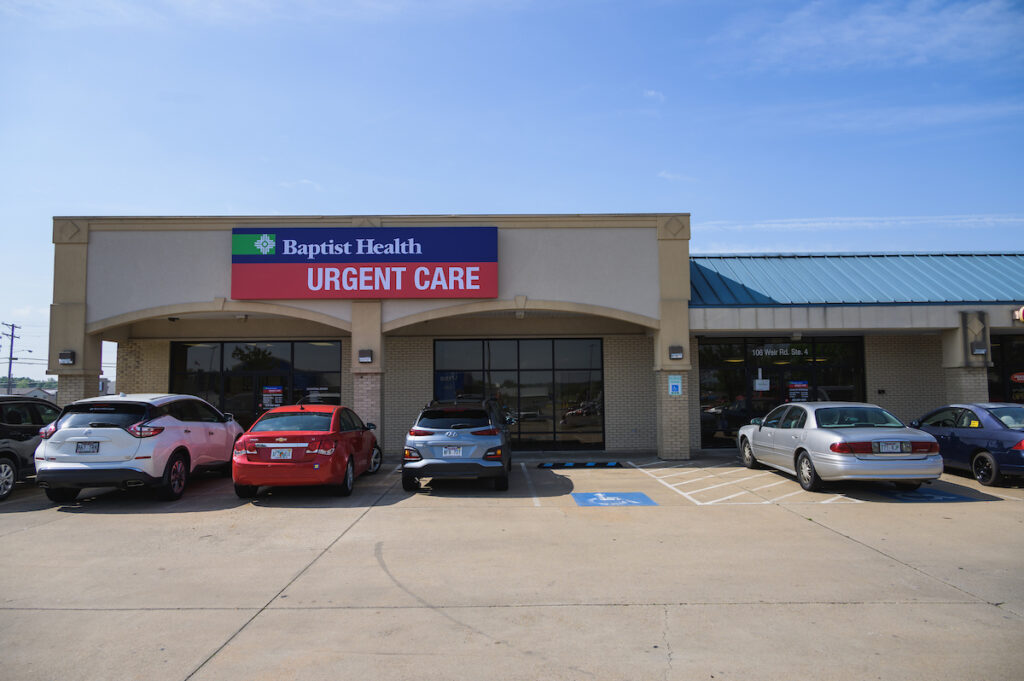What to Expect at a Leading Clinic Offering Urgent Care Services
The Significance of Urgent Treatment Centers in Linking the Gap In Between Medical Care and Emergency Providers
Urgent treatment facilities have emerged as an essential component of the healthcare landscape, properly dealing with the essential requirement for prompt medical interest without turning to emergency solutions. By giving care for non-life-threatening conditions, these centers aid to reduce the concern on emergency situation rooms and improve person access to prompt therapy. Their extended hours and diverse solutions accommodate an expanding populace looking for alternatives to traditional main care. Nevertheless, the progressing function of immediate treatment facilities elevates crucial inquiries concerning their combination within the wider health care system and the ramifications for individual results and resource allotment.
Introduction of Urgent Care Centers
Immediate care facilities have actually become an important part of the health care distribution system, offering obtainable clinical solutions for non-life-threatening problems. These centers commonly operate outdoors basic workplace hours, offering clients a choice to emergency spaces and medical care setups. Patients looking for immediate treatment typically present with issues such as small injuries, infections, or health problems that need punctual focus but do not position a prompt risk to life or arm or leg.
Immediate treatment facilities are staffed by a variety of health care professionals, including doctors, registered nurse specialists, and doctor aides, who are geared up to detect and treat different clinical problems. They typically include analysis devices such as X-ray machines and lab solutions, allowing them to provide extensive care on-site.
The facility of urgent treatment centers has been influenced by the enhancing demand for timely clinical solutions in a busy culture, where individuals might struggle to protect appointments with main care service providers. Because of this, these centers aim to alleviate blockage in emergency divisions, enhancing general health care effectiveness. Furthermore, urgent care centers often act as a bridge in between health care and emergency situation services, guaranteeing that clients get proper treatment tailored to their specific clinical demands.

Advantages of Urgent Care Services
Accessing timely clinical treatment is a significant advantage of immediate treatment solutions. These facilities supply immediate interest for non-life-threatening conditions, successfully decreasing delay times contrasted to typical emergency situation divisions. Patients seeking take care of minor injuries, diseases, or urgent health and wellness worries can acquire therapy without the long delays typically connected with health center gos to.
One more key benefit is the prolonged hours of procedure. Numerous immediate treatment centers are open nights and weekends, accommodating clients who may not be able to visit their health care provider during conventional office hours. This adaptability makes immediate treatment an easily accessible choice for those with hectic schedules or sudden wellness concerns.
Additionally, urgent treatment facilities commonly provide a variety of solutions, consisting of analysis screening, X-rays, and fundamental lab services. This comprehensive approach permits quick medical diagnosis and therapy, boosting individual contentment.
Additionally, urgent care facilities are generally much more affordable than emergency clinic, making them an eye-catching option for individuals without insurance coverage or those with high-deductible plans. On the whole, immediate care solutions play an important role in offering easily accessible, timely, and cost effective treatment.
Comparison With Medical Care
Generally, patients often weigh their alternatives between urgent care centers and medical care suppliers when seeking clinical attention. Both serve essential roles in the health care system, yet they vary significantly in expense, scope, and availability.
Health care suppliers are usually the initial factor of get in touch with for individuals, focusing on long-lasting health and wellness administration, preventive treatment, and chronic condition administration. They supply continuity of care, fostering a patient-provider partnership that enables detailed wellness analyses and customized treatment plans. Nevertheless, scheduling a visit can be lengthy, often needing days or weeks ahead of time.
In contrast, urgent care centers provide immediate treatment for non-life-threatening conditions that require timely attention, such as small injuries or infections. These centers usually run outside of standard workplace hours, fitting patients that may not be able to visit their medical care provider throughout normal company times. In addition, immediate care is generally a lot more cost-efficient than emergency clinic visits, making it an enticing choice for those with limited medical care gain access to.
Ultimately, while immediate care facilities and primary treatment carriers both contribute to patient wellness, they deal with distinctive demands, making it crucial for people to identify which option best lines up with their circumstances.
Emergency Situation Solutions Interaction
The interaction in click to find out more between urgent treatment facilities and emergency services is a crucial aspect of the health care landscape, particularly when individuals face circumstances that might rise in seriousness. Urgent care centers work as a bridge in between medical care and emergency divisions, addressing non-life-threatening problems that require immediate focus. This collaboration enhances individual outcomes and optimizes resource appropriation within the healthcare system.
When individuals present with not life-threatening but urgent concerns, urgent care facilities can successfully manage their demands, relieving congestion in emergency clinic. Facilities furnished with diagnostic capabilities can promote timely references to emergency solutions when a patient's problem surpasses the range of urgent care treatment. This smooth interaction aids guarantee that people receive the suitable level of care without unneeded hold-ups.
Furthermore, reliable communication in between immediate treatment suppliers and emergency situation services is vital. Sharing individual info and therapy histories promotes collaborated care, minimizing the threat of repetitive tests and procedures. As medical care proceeds to progress, the dynamic relationship in between urgent care facilities and emergency situation services will certainly play a crucial function in improving patient treatment efficiency, complete satisfaction, and overall wellness outcomes within the area.
Future of Urgent Treatment Facilities
As healthcare needs progress, the future of urgent care facilities is poised to end up being increasingly indispensable to the general clinical environment (Urgent Care). These facilities are likely to increase their roles by integrating advanced innovations, such as telemedicine, expert system, and digital health and wellness document integration. This will boost person gain access to and enhance care coordination in between urgent treatment, medical care, and emergency situation solutions
Additionally, urgent treatment centers are expected to diversify their solution offerings to include preventative care and chronic disease administration. This shift will position them as crucial elements in handling population health and wellness, lowering the burden on emergency situation divisions, and resolving voids in key treatment schedule.
The expanding pattern of value-based care will even more accelerate the change of urgent care centers, motivating them to concentrate on patient end results and contentment. Facilities may additionally adopt collaborative practice Clicking Here models, functioning very closely with professionals and health care providers to make sure extensive individual administration.
Verdict
In final thought, urgent treatment centers serve a vital feature in the healthcare system by providing immediate accessibility to treatment for non-life-threatening problems, efficiently minimizing pressure on emergency situation services. Their prolonged hours and diverse series of services boost client convenience and satisfaction, while additionally guaranteeing ideal care delivery. As health care requires remain to develop, the role of immediate treatment facilities will likely become progressively significant, additional linking the space between primary treatment and emergency services.
The facility of urgent care centers has actually been affected by the raising demand for prompt clinical services in a busy culture, where people may struggle to secure visits with main treatment providers. In addition, immediate treatment centers usually serve as a bridge between main treatment and emergency services, making sure that people receive suitable treatment customized to their certain medical demands.
Several immediate treatment facilities are open nights and weekend breaks, fitting patients that may not be able to see their key treatment service provider during conventional office hours (Urgent Care). As healthcare proceeds to evolve, the dynamic connection between urgent care centers and emergency situation solutions will certainly play a pivotal duty in enhancing client care efficiency, fulfillment, and overall health end results within the community
